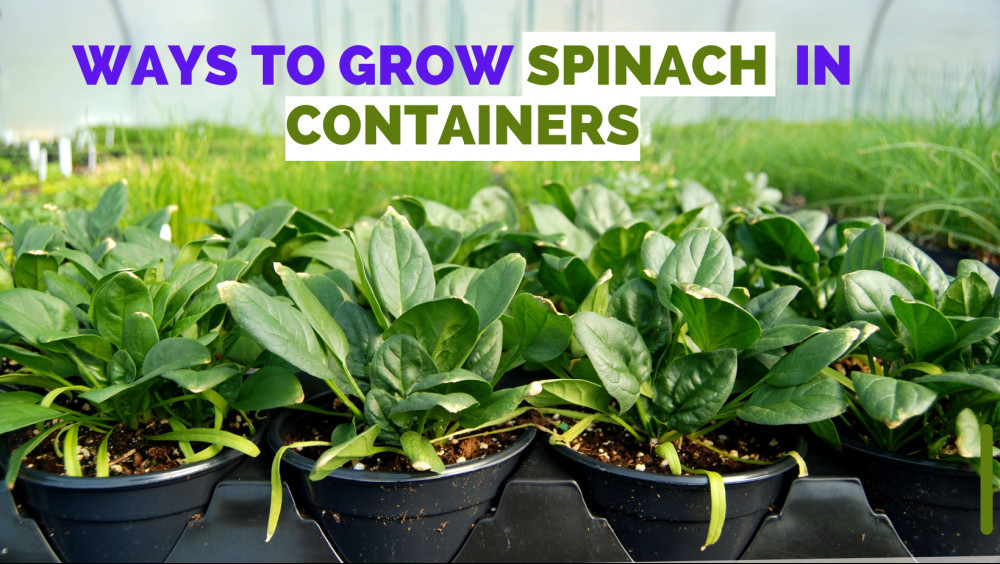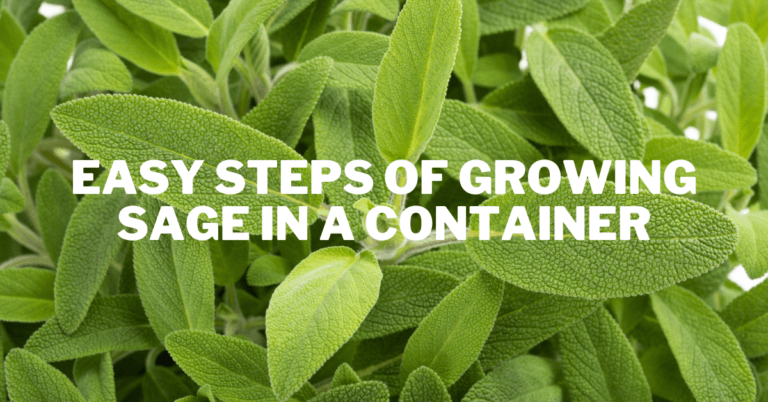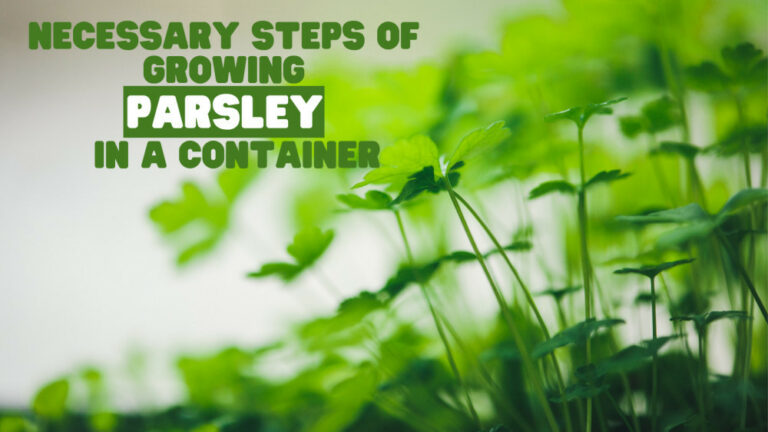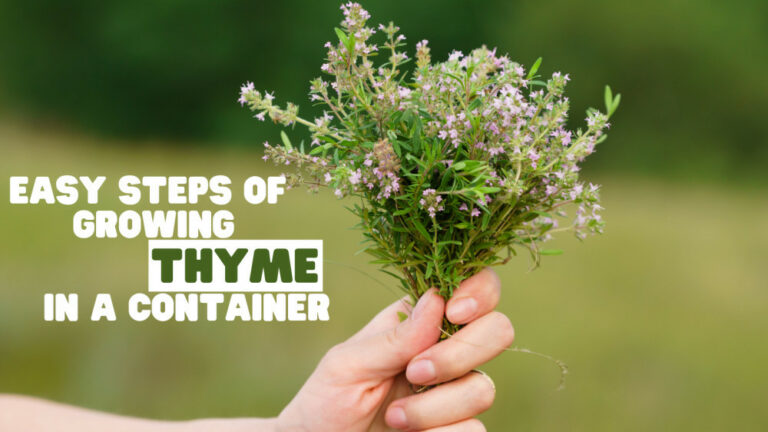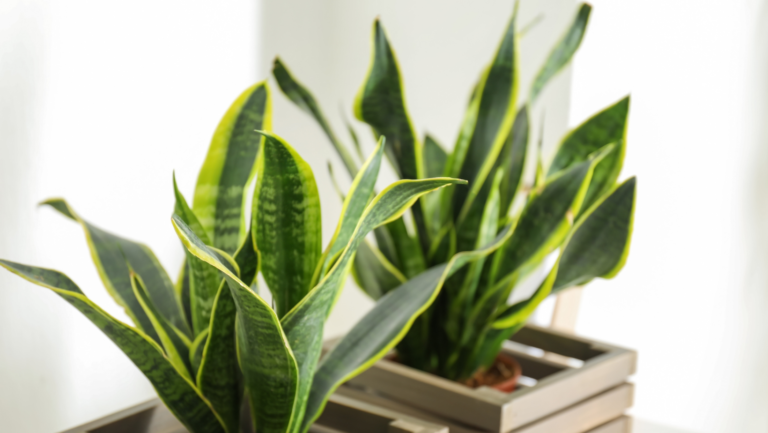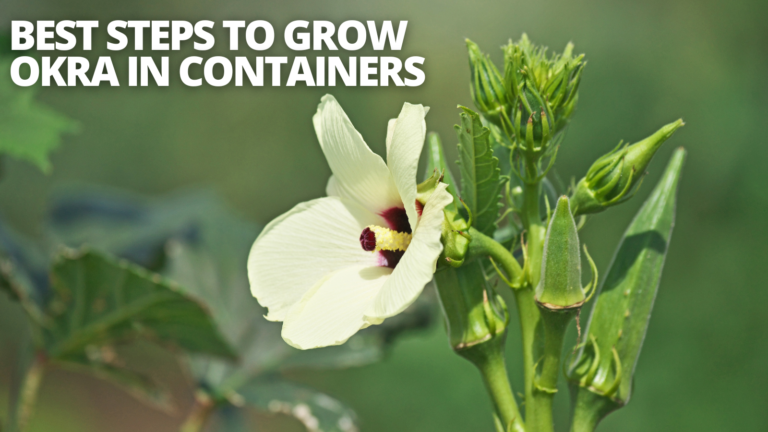9 Unexpected Ways To Grow Spinach In Containers
9 Unexpected Ways To Grow Spinach In Containers
Container gardening is the answer if you don't have a lot of garden space but are devoted to eating a healthy, balanced diet and want to participate in growing your produce. Almost anything that thrives in a garden can be cultivated in a container.
Growing spinach in containers is a simple, nutrient-dense, and quick-growing crop. Continue reading to learn how to grow spinach in containers and how to care for spinach in containers.

History & Origin Of Spinach
Spinach originated in ancient Persia, Iran, and the surrounding countries. It crossed into India from there, but it is unknown who introduced it there. It was brought to China from India and named a “Persian vegetable” by the ancient Chinese.
The first written reference to spinach is found there, stating that it arrived in China via Nepal in 647.
In 827, Saracens (as Europeans referred to Muslims during the later medieval era) brought spinach to Sicily.
Three of the first writings that describe spinach in the Mediterranean were written in the 10th century.
The first was a medical work produced by Rhazes in the West, and the other two were agricultural texts written by Ibn Khaldun in the East.
Spinach, or Spinacia oleracea, is a common leaf vegetable that belongs to the Amaranthaceae flowering plant family and the Caryophyllales order. The word is also applied to the plant's succulent, tasty leaves.
Spinach has long been prized for its nutritional worth, as it is high in vitamins A, C, E, and K, folate, fibre, magnesium, and several key antioxidants.
However, because the plant contains oxalic acid, which reduces the amount of iron (and calcium) accessible for absorption by the body, its reputation as a rich source of iron is exaggerated (Herbst 2001; Bender and Bender 2005). Iron's legend has lasted a long time, demonstrating its enduring value.

Nutrition Facts Of Spinach
Eye health, oxidative stress, cancer prevention, and blood pressure regulation are all benefits of spinach consumption.
Spinach can be cooked in many different ways. It's available in canned or fresh form and can be eaten cooked or uncooked. It's delicious on its own or as part of many different dishes.
The following are the nutritional values for 3.5 ounces (100 grams) of raw spinach:
- Calories: 23
- Water: 91%
- Protein: 2.9 grams
- Carbs: 3.6 grams
- Sugar: 0.4 grams
- Fiber: 2.2 grams
- Fat: 0.4 grams
Here Are The Top 8 Health Benefits Of Eating Spinach

1. Maintains The Health Of The Eyes
Lutein and zeaxanthin are spinach carotenoids that help prevent long-term eye problems.
2. Asthma Treatment
Research of 433 asthmatic children aged 6 to 18 years and 537 children without asthma found that persons who consume a high amount of particular nutrients have a lower risk of acquiring asthma. Beta-carotene is one of these minerals. In spinach, there is a lot of beta-carotene.
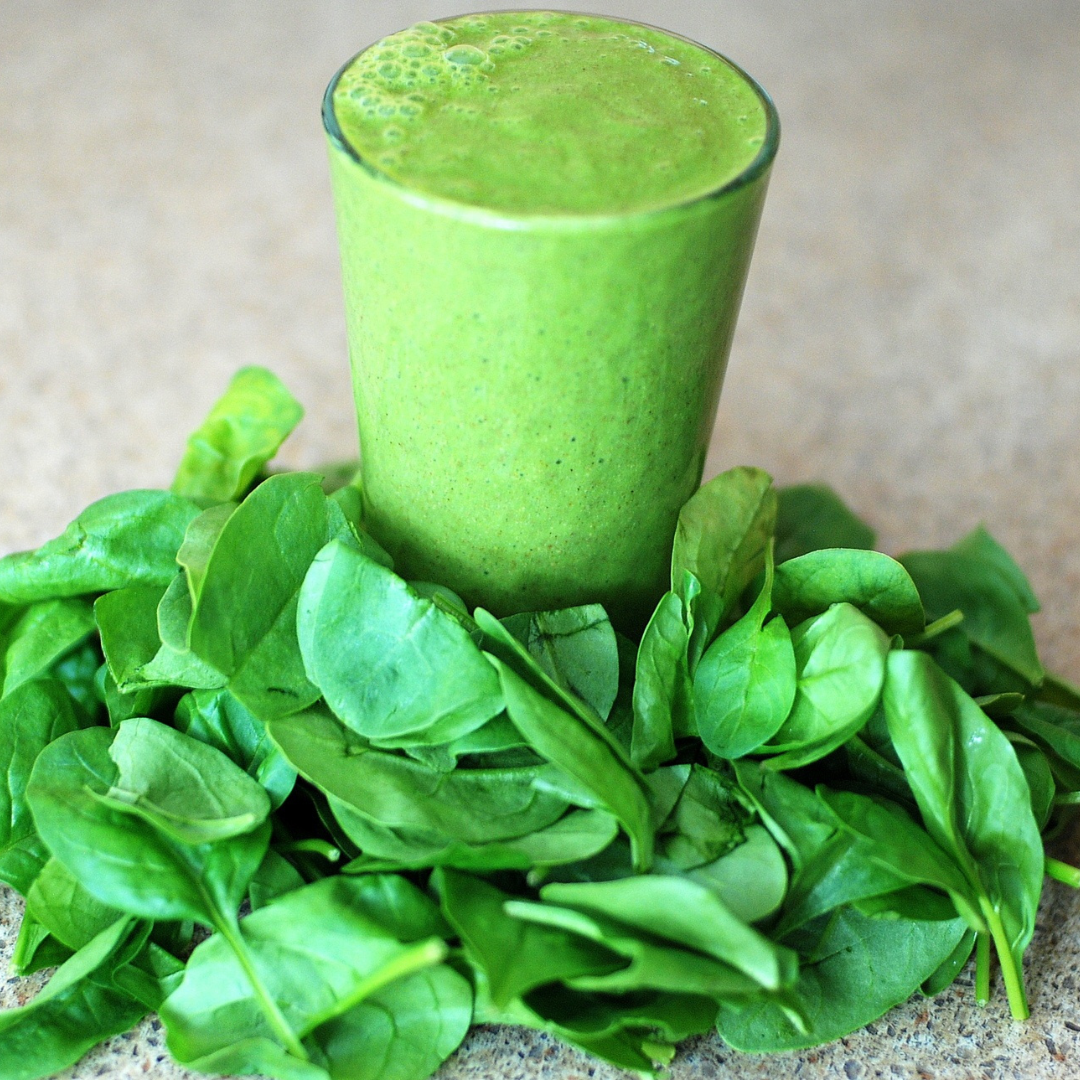
3. Maintains Diabetes
Spinach includes alpha-lipoic acid, an antioxidant that reduces glucose levels, improves insulin sensitivity, and protects diabetic patients against oxidative, stress-induced alterations.
In diabetics, alpha-lipoic acid has been proven to reduce peripheral neuropathy and autonomic neuropathy.
However, most research has employed intravenous alpha-lipoic acid, and it's unclear if oral supplementation would have the same effect.
4. Wound Healing
Spinach contains vitamin C, which aids in producing collagen, which your body requires to repair the damage. Vitamin C also promotes healing by allowing your body to absorb more iron from plant-based diets.
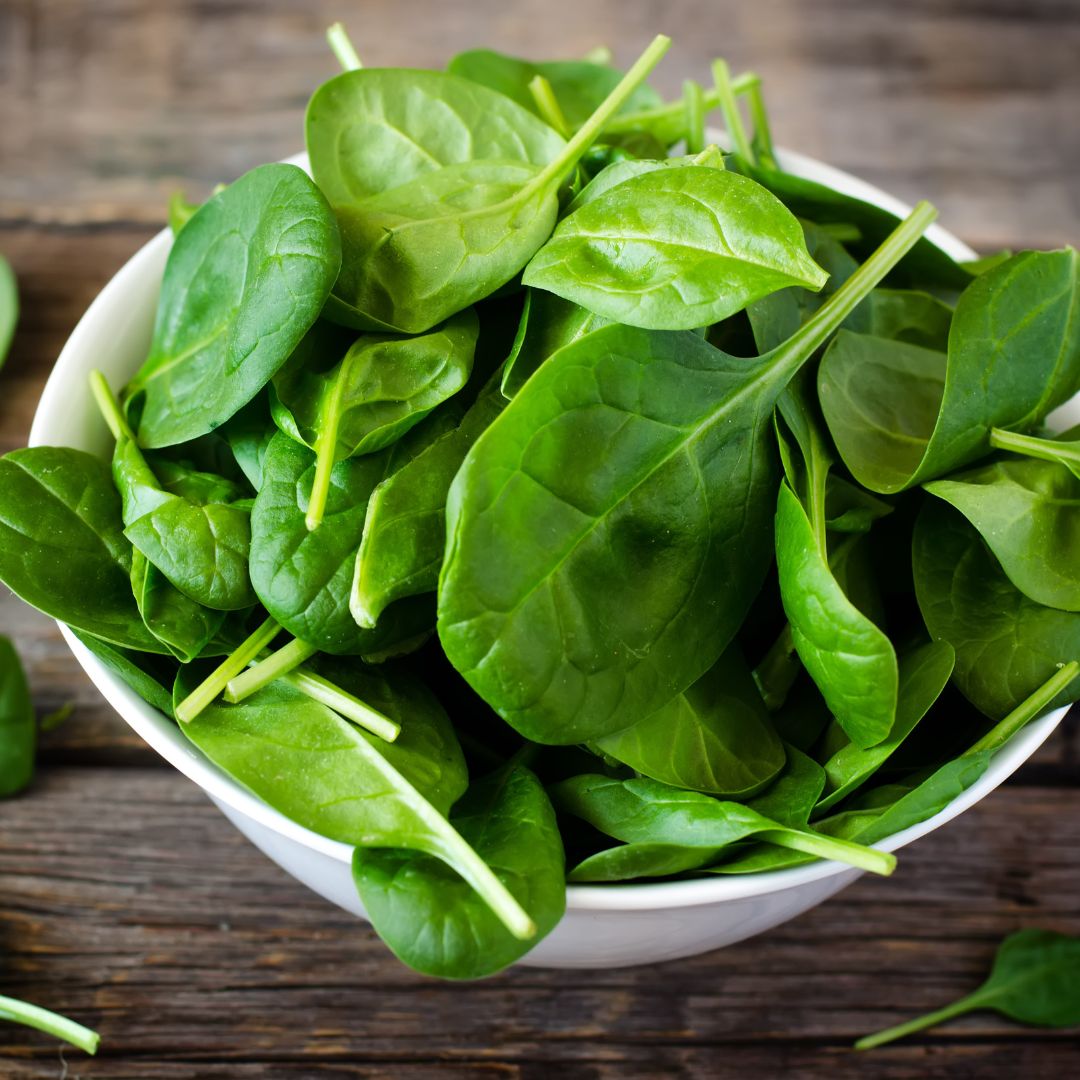
5. Improve Bone Health
Vitamin K deficiency has been linked to an increased risk of bone fracture. Vitamin K functions as a modulator of bone matrix proteins, enhances calcium absorption and may reduce the amount of calcium that exits the body in urine, all of which are vital for optimal health.
6. Anti-Inflammatory
Inflammation is a natural element of your body's healing process when you've been injured or come into touch with a potentially harmful material.
Long-term inflammation, on the other hand, can be harmful. You can lower inflammation by eating foods with anti-inflammatory properties, such as spinach.
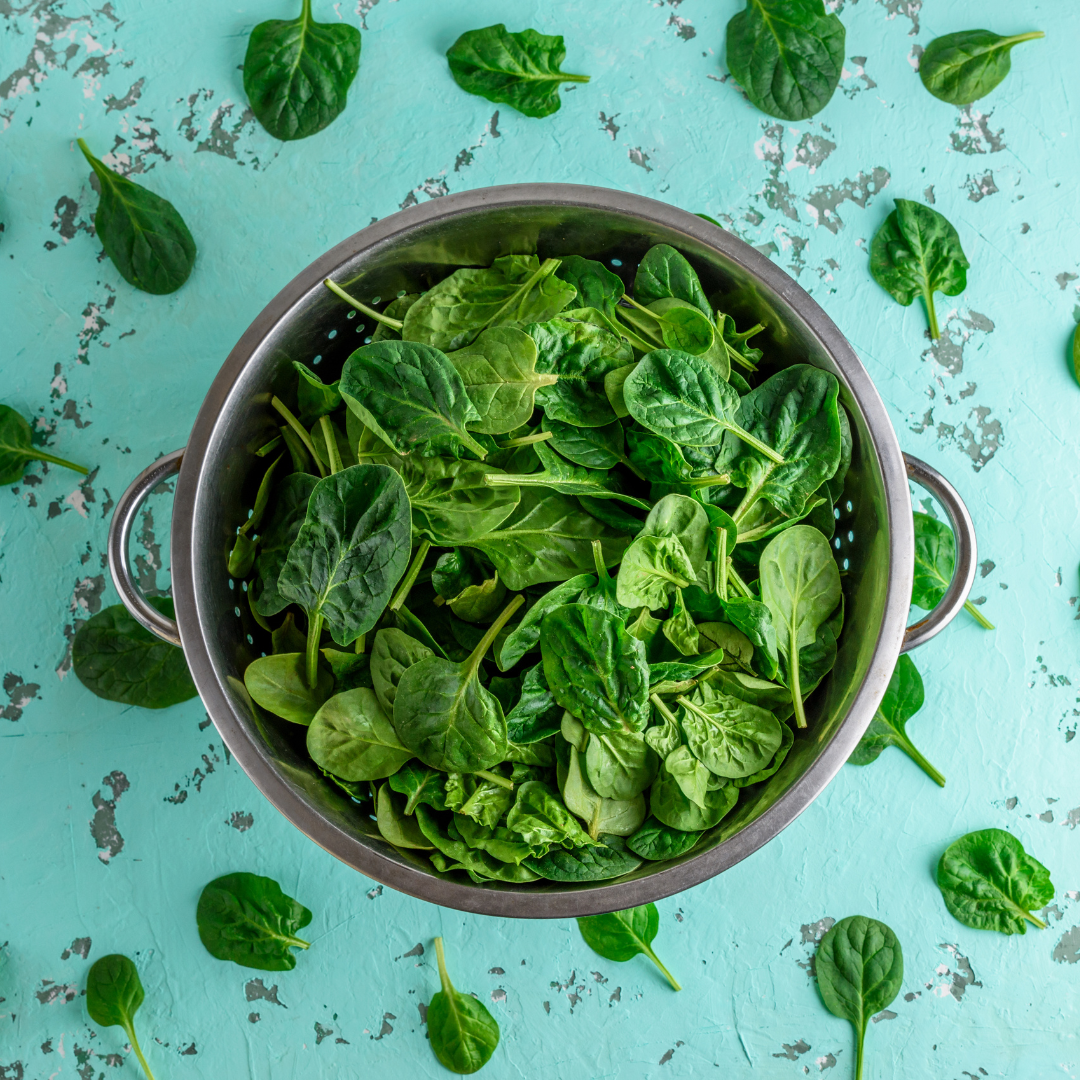
7. Reduces Blood Pressure
Spinach is advised for persons with high blood pressure because of its high potassium level.
Potassium can aid in the reduction of sodium's effects on the body. A low potassium intake could be just as dangerous as a high sodium intake in developing high blood pressure.
8. Increases Hydration
You may believe that drinking water and other beverages is the only way to stay hydrated. Eating, on the other hand, can help you achieve that aim.
Spinach is a water-based vegetable with high water content. For more H2O, include it in your meals and snacks throughout the day.

Best Varieties Of Spinach To Grow In Containers
Savoy, semi-savoy, and silky spinach are the three basic categories based on leaf texture. Savoy spinach has crinkly puckered leaves and grows low to the ground, challenging soil particle removal. Although savoy types are cold-tolerant, they have a low bolt resistance.
Semi-savoy spinach has fewer crinkled, higher leaves and types resistant to bolting and illness. The leaves of smooth spinach are flat.
Bolt resistance varies with kind. The growing season for spinach can be extended in areas with cool summers.
1. Savoy Spinach
Seedlings must survive the cold winter temperatures to be planted in the fall. Put “Bloomsdale” in one planter to get a head start on your spinach crop.
It can withstand temperatures of 15 to 20 degrees Fahrenheit. Planters are simple to cover for protection from the cold below that temperature range.
When the weather starts to warm up, the seedlings grow swiftly, allowing you to harvest spinach earlier. Choose “Regiment” or “Spinner” for their resistance to blue mould and bolting and to lengthen the season of savoy plantings.
2. Smooth-Leaf Spinach
Bolting is more common in smooth-leaf spinach variants than in semi-savoy ones. The smooth cultivar “Emu” is the slowest to bolt.
“Space” has moderate bolt resistance and resistance to downy mildew strains 1 through 3. “Python” possesses arrowhead-shaped leaves and is disease-resistant to downy mildew strains 1 through 7, 9 and 11. It's sown in the fall and the round-leaf variety “Raccoon.”
3. Semi-Savoy Spinach
In moderate winter climes, “Tyee” is a variety that can be successively sown in planters for a staggered year-long harvest.
It has great bolt resistance and is resistant to downy mildew strains 1 and 3. “Teton” is slow to bolt and resistant to strains 1 through 4 of downy mildew.
“Umbria” distinguished out in Colorado field trials because it had no blue mould or bolting and had a good yield. In planters with limited air circulation, disease resistance is especially crucial.
9 Steps To Growing Spinach In Containers
You may pick your homegrown spinach leaves in six to eight weeks once you've learned how to cultivate spinach.
There are various varieties of spinach, which are high in nutrients (vitamins A, C, iron, and calcium, to name a few) and quick and easy to grow. You may enjoy the leaves all year if you choose the appropriate ones to sow in succession.

1. Preparing The Right Container To Grow Spinach
Spinach has a long root, and the depth of the pot is the most important factor to consider while selecting one.
Containers with a depth of at least 8 inches are recommended. If you're cultivating numerous plants, a pot 30 cm/12in across and 45 cm/18in deep may be required.

2. Prepare Potting Soil To Grow Spinach
Before planting, apply some slow-release fertilizer to the potting soil and enrich the soil with a nutrient-rich mix. Add some grit, perlite, or composted bark if your potting soil isn't draining well.
If you're making your potting mix, combine 1/3 driver sand/vermiculite/perlite, 1/3 coir or peat, and ⅓ well-rotted manure or compost with a balanced slow-release fertilizer in equal parts.

3. Planting The Spinach
Spinach, unlike other vegetables, does not grow from cuttings; instead, it develops from seeds. Seeds for spinach can be purchased online, from a nursery, or from established spinach plants.
Spinach matures and produces seeds. The seeds are found at the base of mature, ripe branches with large leaves and blooms.
The seeds should be sown half an inch deep, or 1.5 cm, and spaced at least 3 inches (7.5 cm) apart.
After seeding, lightly fill the hole with the earth so that the plants don't strain to come up to the surface and don't cover them with too much soil.
4. Spacing Between Spinach Plants
Allow 3 inches between each spinach plant. If you want big leaves, allow 5 inches between each plant.
If you want to select the leaves while they're still young, reduce the spacing to 2 inches. Divide the planter box into squares and see how many plants you can fit in there.

5. Choose A Perfect Location To Grow Spinach Plants
Spinach is a delicate vegetable that does not tolerate extremes of temperature. As a result, depending on your region's environment, it's usually best to expose your plant to direct sunlight in the spring, fall, and winter. In the summer, you should expose it to direct early sunlight while shading it in the afternoon.

6. Watering Spinach Plants
Avoid water stagnation while growing spinach in containers since it promotes the development of rot and other fungal diseases.
Also, don't get the foliage wet. Maintain moist but not soggy or wet soil. It is vital to maintain excellent drainage in the pot.
7. Fertilizer Requirements For Spinach Plants
Fertilizing your spinach plants with slow-release plant food or liquid fertilizer will boost their growth.
You can use goods that are high in nitrogen. Slow-release fertilizer should be used. Two excellent alternatives are cottonseed meal and organic fish emulsion.
8. Use A Soil Thermometer To Monitor Soil Temperature To Grow Spinach Plants
After you've placed your plants in their intended location, check the temperature of the soil with your thermometer.
Spinach seedlings sprout successfully in temperatures as low as 40° Fahrenheit. The ideal temperature range is between 50 and 80° Fahrenheit (10 and 27° Celsius), with a low of 20° Fahrenheit and a maximum of 90° Fahrenheit.
It's also worth remembering that spinach is extremely heat-sensitive. For safety, take it into the shade once the soil temperature exceeds 75° Fahrenheit.

9. Harvesting Spinach
Depending on the growing conditions and cultivar, the spinach plant will be ready to harvest 37-50 days following germination.
It is ready to harvest when the plant produces at least 5-6 healthy leaves at least 3-4 inches long.
Pick the outer leaves first, leaving the new inner leaves to grow, or cut the entire plant off at the base using a knife or scissors. The plant will resprout.
When the weather turns humid and hot (as in warm climates), the plant grows an erect stalk on which little yellow or green flowers appear.
Bolting occurs when the plant's foliage thickens and changes flavour (becomes more bitter) to correspond with flowering and subsequent flower output. Thus, it's best to harvest the plant before it starts flowering for optimal taste.
10. Pests & Diseases Of Spinach
There's a lot to like about spinach, including its pest and disease resistance.
Even better, if you're growing your greens in a container, it won't be brushing its leaves against the leaves of other plants, so there's less of a risk of getting sick. However, there are a few potential issues to be aware of.
- It can acquire fungal diseases if the plant is left in standing water or if the top two inches of soil aren't allowed to dry completely between waterings.
- You may have downy mildew if you detect yellow spots on the leaves that expand into larger, tan areas that are dry to the touch.
- White rust is a disease that appears as yellow patches on the upper leaves and white pustules on the undersides. It loves cool, humid circumstances.
- You can remove the infected leaves and throw them away in the trash. If the infection is serious, you may have to discard the plants and soil and start again with new potting soil.
- Check for aphids before bringing starts home from the nursery. Spinach is a favorite food of these little, soft-bodied insects!
- They aren't much of an issue in small numbers, but you'll want to cut away affected leaves and spray the plant with neem oil to inhibit the population from growing.
Neem oil is also a good buddy in this situation, as it can help reduce mite populations in your spinach. You can apply neem oil until the day before harvest, but ensure that you wash the leaves properly before eating them.
11. Storing Spinach
- Fresh spinach can be stored in a paper towel and an airtight container. Put the container in the fridge, and the spinach will last more than ten days.
- If you store spinach near bananas or apples, it will wilt and deteriorate more quickly.
- The spinach can be kept fresh for up to a week in a dry plastic bag. However, it should be consumed within 3 to 7 days.
- It should be stored in the refrigerator rather than at a freezing temperature. When stored at -5°C or below, spinach will freeze. Make sure the temperature in the fridge is above – 5°C.
- The spinach will be protected from losing its nutrients if kept in the refrigerator.
Cooking Ideas For Spinach

1. Sautéed Spinach
Fresh spinach cooked in olive oil and butter with garlic and onions. This quick and easy spinach side dish is nutritious and suitable for a low-carb diet.
Ingredients
- Fresh spinach: 8 oz
- Olive oil: 1 tablespoon
- White onion: 1 medium, chopped
- Garlic: 4 teaspoons minced
- Sea salt: ½ teaspoon
- Unsalted butter: 1 tablespoon (we use plant-based butter)
- Black pepper: ¼ teaspoon
- Soy sauce: 1 teaspoon (we use gluten-free Tamari)
Method
- Heat the olive oil in a big skillet. Sauté the onion for 4 minutes. Sauté the onion with the garlic and butter until it begins to brown.
- Stir in the soy sauce thoroughly. Stir in the spinach with the sautéed onion and toss lightly to combine.
- Cook until the spinach is completely wilted. Add sea salt & pepper to taste.

2. Spinach Frittatas In A Mini Pie Maker
Ingredients
- Olive oil: 1 tbs
- Brown onion: ½
- Rashers bacon: 2
- Eggs: 4
- Cream: 100ml
- Grated tasty cheese: ½ cup
- Zucchini: 1
- Baby spinach: 50 g
- Pinch of salt and pepper
Instructions
- In a medium-sized fry pan, heat the olive oil. Cook for 3 to 4 minutes with the onion and bacon. Remove from the equation.
- Combine the cream and eggs in a mixing bowl. Season to taste with salt and pepper, then add the cheese, sauteed onion and bacon, zucchini, and spinach to the pan.
- Preheat the pie maker as directed by the manufacturer. Fill each plate with a third of a cup of the frittata mixture. Cook for 5 to 8 minutes or until the egg is firm. Repeat with the remaining mixture.

Conclusion
I hope these ways of growing spinach in containers will help you. Have you ever tried growing spinach in a container? In the comments box below, please share your experiences and questions.
I trust you enjoyed this article on 9 Unexpected Ways To Grow Spinach In Containers. Please stay tuned for more blog posts to come shortly. Take care!
JeannetteZ
>>>Please click here to read my all-inclusive article, About The Essential Companion Planting Guide<<<
>>>Please click here to read my all-inclusive article about Container Gardening<<<
Are you interested in homegrown herbs and medicine? Please click here to find out more about it!
Your Opinion Is Important To Me
Do you have thoughts, ideas, or questions? I would love to hear from you. Please leave me your questions, experiences, and remarks about this article on 9 Unexpected Ways To Grow Spinach In Containers in the comments section below. You can also email me at Jeannette@Close-To-Nature.org.
Disclosure
This post may contain affiliate links. I earn from qualifying purchases as an Amazon Associate and other affiliate programs. Please read my full affiliate disclosure.
You might also enjoy these blog posts:
Follow 10 Steps To Growing Banana Trees In Containers
9 Steps To Growing Swiss Chard In Containers
Simple Guide To Growing Watermelon In Containers
Growing Strawberries In Hanging Containers
Best Gardening Lessons To Learn

